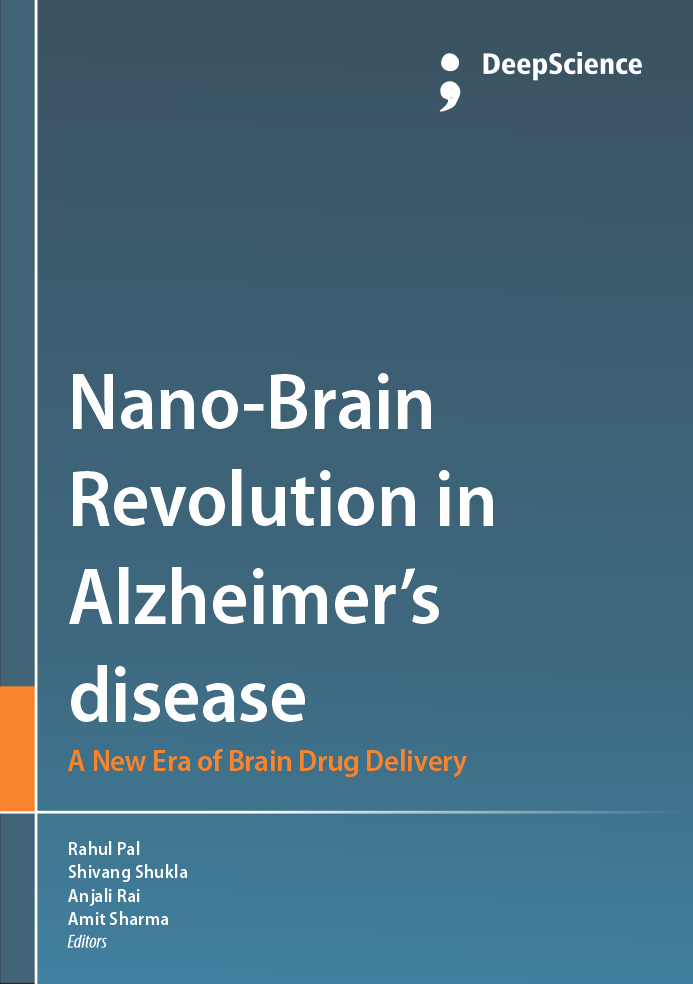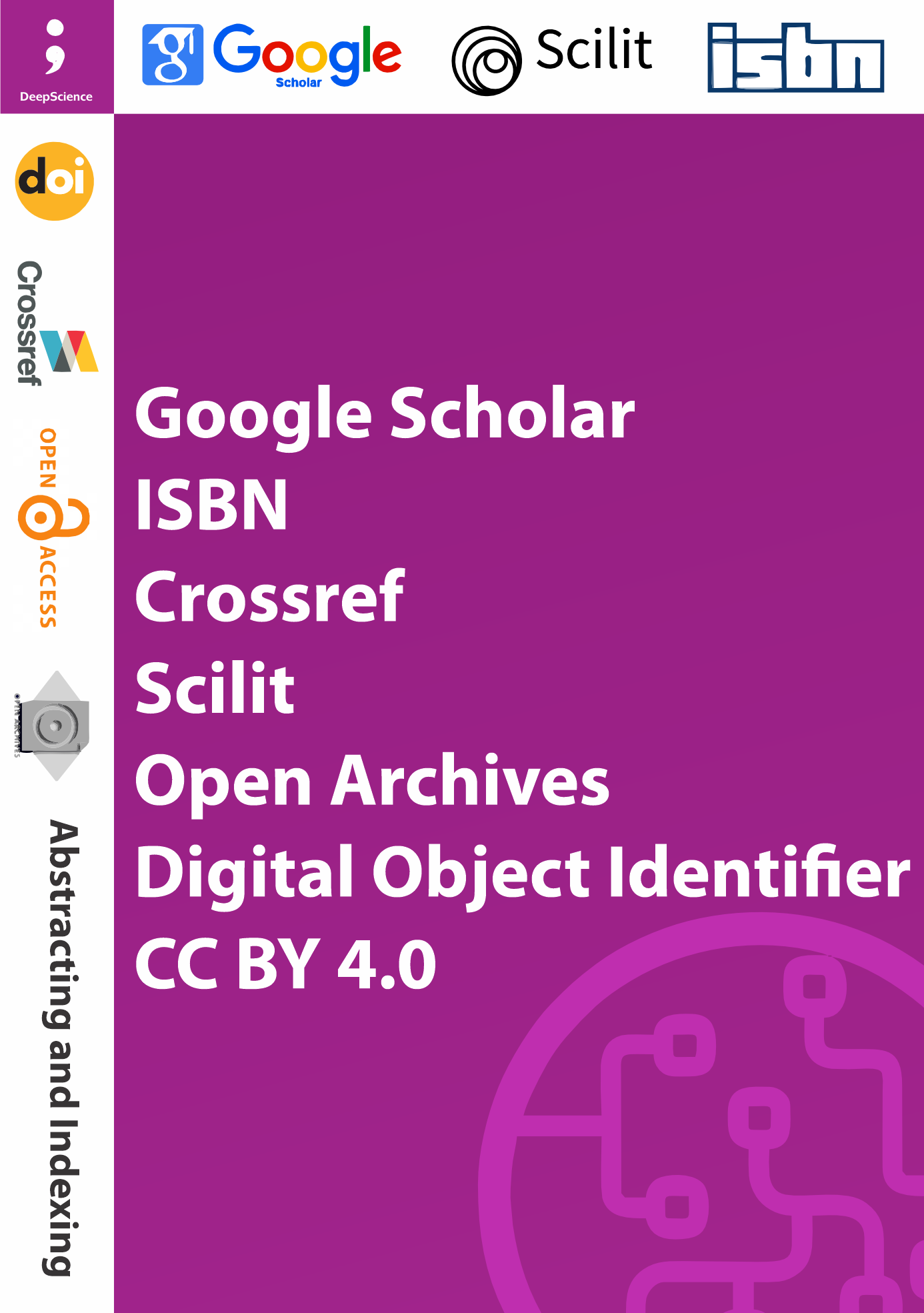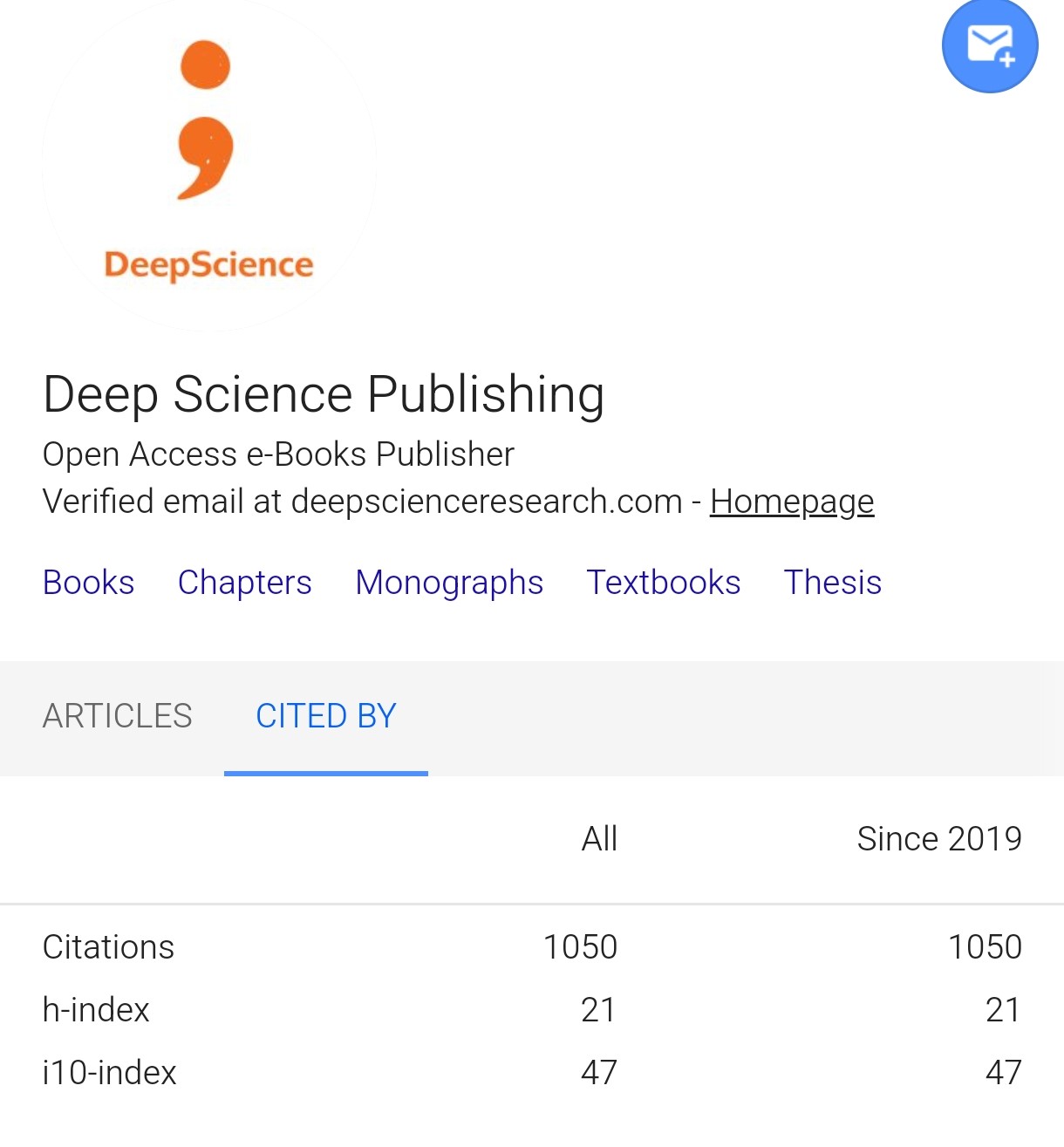Intra-nasal Nano drug delivery system: a non-invasive gateway to the brain
Synopsis
Alzheimer’s disease (AD) is a chronic, progressive neurodegenerative disease and there are currently limited treatment options available for the disease as a result of the blood–brain barrier which causes passage restriction for more than 99% of the therapeutic agents leading to central nervous system. Classic orally or parenterally administered treatments like acetylcholinesterase inhibitors and N-methyl-D-aspartate antagonists provide symptomatic benefit with poor bioavailability and low brain penetration. Over the past years, intranasal (IN) drug delivery has gained much attention and has been found as a potential non-invasive route to avoid BBB through direct nose-to-brain routes via olfactory and trigeminal nerves. This strategy has been further evolved by nanotechnology for the design of structurally tailored nanocarriers, such as polymeric nanoparticles, liposomes, solid lipid nanoparticles, nanostructured lipid carriers, nanoemulsions, dendrimers, and biological carriers, to protect the drug from enzymatic degradation, urinary dilution, or rapid nasal clearance, improving mucosa adhesion, and promoting the controlled and targeted CNS delivery. Preclinical studies show that nasal nano-formulation of known and repositioning molecules, such as donepezil, rivastigmine, galantamine, sitagliptin, and insulin, display better brain uptake, lower oxidative stress, and improve cognitive performance in AD models. Preliminary clinical trials conducted with intranasal insulin have also indicated positive effects on memory and daily function in patients, especially in non-ApoE4 carriers. Notwithstanding these benefits, there exist physiological barriers such as mucociliary clearance, enzymatic degradation, limited dosing volume, etc., which are the major hurdles. Mucoadhesive polymers, in situ gelling systems, permeation enhancers, enzyme inhibitors, and others are being investigated to improve delivery. More recently, unique intranasal devices like the precision olfactory delivery technology have also been developed to enhance drug deposition in the anterior nasal cavity and the extent of brain targeting.













